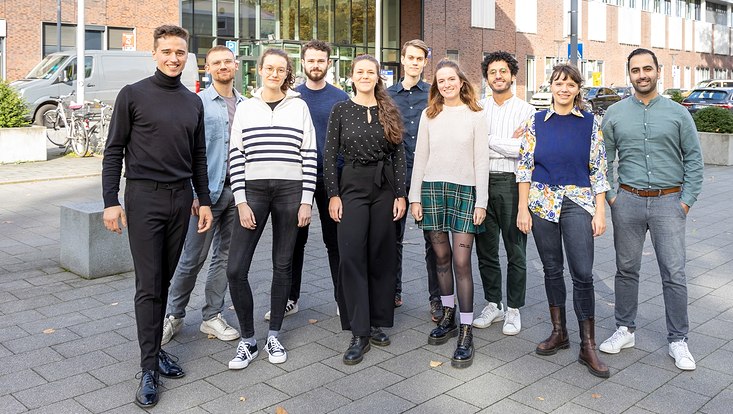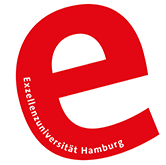Student research groups set up simulation lab for operationsStudents Learn to Perform Minimally Invasive Operations
27 December 2023, by Christina Krätzig

Photo: Private
Minimally invasive operation techniques are increasingly replacing more conventional operation procedures. Yet for operating doctors, these internal procedures are especially daunting and the opportunities to practice are few and far between. A student research group at Universität Hamburg—University of Excellence now wants to change that.
For patients, there are many advantages to minimally invasive operations: the smaller the cut, the lower the risk of an infection and the quicker the healing process; there is less scarring—and when the results of an operation are less visible, patients often feel less sick.
For doctors, however, minimally invasive operations mean that they are working with long, narrow instruments that need to be inserted, alongside a mini camera, through cuts of only of few millimeters and that need to be manipulated from outside the body. “The operation takes place in a 3-dimensional space that cannot be seen by the naked eye. The instruments and the tissue in question, however, are only viewable on a 2-dimensional monitor,” explains Hans Christian Schmidt, who is building the simulation lab (“SimLab” for short) with his classmates. If, for example, the needle is held at a 45-degree angle, it can be difficult to recognize the direction of the slant: on the monitor, the instrument simply appears shorter. “To get the hang of it takes a lot of practice,” explains the medical student.
Kira Meißner, another member of the student research group and medical student at Universität Hamburg, explains what it’s like for left-handers: “The technical steps are usually explained by right-handers for right-handers. For me, that requires a kind of translation for the individual steps and an inclusive curriculum, for example with simulation videos for left- and right-handed students, would be an improvement.”
The student research group is now developing and establishing possibilities for students to practice minimally invasive operations. As a first step, it is providing training boxes, surgical instruments, and monitors. In these boxes, students can practice basic surgical skills such as minimally invasive sewing and knot-tying. In another step, students will practice concrete operation procedures on artificial organs.
The research group will create its own required models using a 3-D printer and silicone casts. "We have already printed and cast the first prototypes,” says Schmidt. “But we want to develop them further before they are used.” The students have already informed themselves about how to create the textures of certain types of tissue. This way, they can simulate different textures, similar to real tissue.
The students’ wish to learn basic surgical techniques while still studying is strong throughout Germany. Thus, they will publish their experiences with the surgical simulation lab to pass on to students at other universities.
More information about the funding program
Via this funding program, Universität Hamburg—University of Excellence enables student research groups to assume responsibility for their own academic project. The program calls for applications twice annually and offers a total of €10,000 per project. All current funding opportunities are listed in the funding database at Universität Hamburg—University of Excellence set up within the framework of the Excellence Strategy of the Federal and State Governments.



